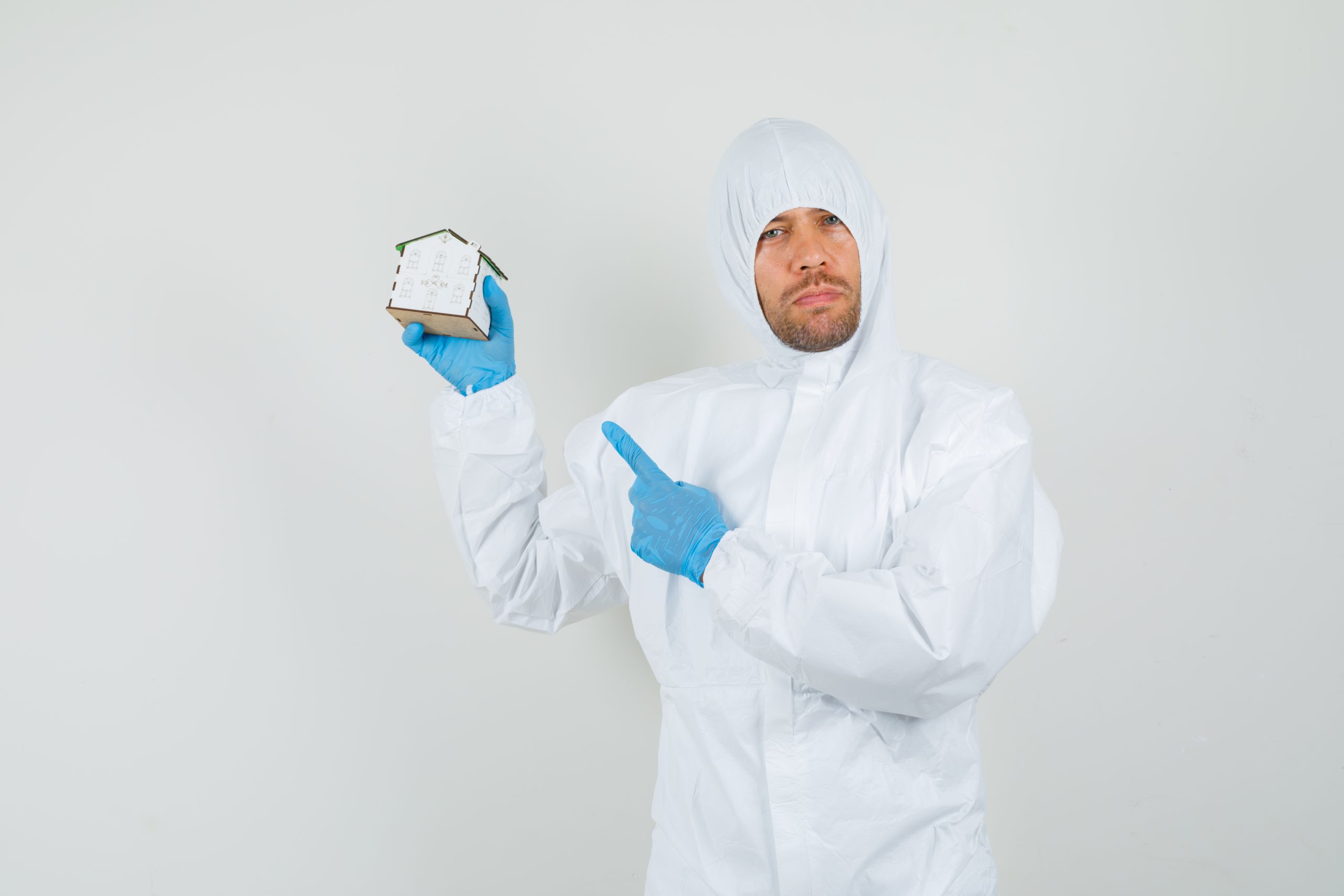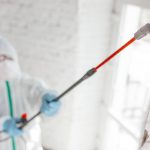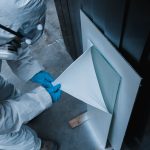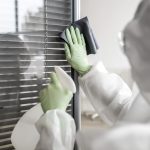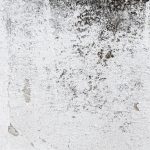
Living in Southwest Florida’s warm, humid climate can make mold an ongoing concern for homeowners. You may have heard that mold can hide behind walls, under floors, and in places that aren’t easily visible, leading many to wonder: if you can’t see mold, does it still need removal? Mold can grow quietly in hidden areas, causing both health risks and property damage. Here’s everything you need to know about detecting and addressing hidden mold in your home, especially if you’re in Naples, Fort Myers, Cape Coral, or nearby areas.
Why Hidden Mold Is a Common Issue in Southwest Florida
Southwest Florida’s high humidity and frequent rainstorms create the perfect conditions for mold growth. Even without visible signs, your home may still harbor mold, particularly in dark, damp areas or spaces with poor ventilation. Mold spores can infiltrate nearly any part of your home—behind walls, in HVAC systems, under carpets, or even in attics and basements.
Ignoring hidden mold doesn’t make it harmless. Over time, it can lead to health problems for those living in the home, especially individuals with allergies, asthma, or compromised immune systems. Additionally, hidden mold can cause structural damage, lowering property value and leading to costly repairs.
Signs of Hidden Mold to Watch For
If you don’t see mold, you can still look for other warning signs that may indicate a problem. Here are some common symptoms of hidden mold:
- Musty Odors
A persistent, musty smell is often the first clue that mold is present. Mold produces microbial volatile organic compounds (MVOCs), which create a distinct, earthy smell. If the odor lingers despite ventilation, it’s worth investigating further. - Unexplained Health Issues
People with mold sensitivity may experience symptoms like sneezing, coughing, headaches, and skin rashes. More severe reactions, like shortness of breath and sinus infections, can also occur. If you or your family members experience these symptoms at home but feel better elsewhere, hidden mold could be the culprit. - Water Stains and Discoloration
Water stains on walls or ceilings, peeling paint, and discoloration may indicate a moisture issue behind the surface. Mold often thrives in damp areas, so water damage and mold go hand in hand. - Warping or Buckling Walls and Floors
Mold can grow on and within walls and floors, particularly if there’s a moisture issue. Warping, buckling, or sagging in these areas can indicate hidden mold growth due to structural deterioration. - High Indoor Humidity
If your home’s humidity level consistently exceeds 60%, it’s more prone to mold growth. Mold needs moisture to grow, so homes in humid climates like Naples or Fort Myers are more susceptible, especially in places like bathrooms, kitchens, and basements.
Why It’s Important to Address Hidden Mold
Even if mold isn’t visible, it can cause numerous issues that impact your home’s safety, air quality, and overall value. Here’s why ignoring hidden mold isn’t a good idea:
- Health Risks
Hidden mold can release spores and mycotoxins into the air, which can be inhaled. This can worsen allergies, asthma, and respiratory issues, particularly for children, the elderly, or those with compromised immune systems. - Structural Damage
Mold doesn’t just stay on surfaces; it can penetrate wood, drywall, and other building materials, gradually causing them to weaken and decay. This can lead to costly repairs if mold is left untreated. - Property Value Impact
Homes with unresolved mold issues may lose value. Potential buyers often hesitate to purchase homes with mold, even if it’s hidden, and mortgage lenders may require mold inspections and remediation before approving a sale.
How to Detect and Confirm Hidden Mold
If you suspect mold but can’t see it, there are several ways to confirm its presence:
- Professional Mold Inspection
Hiring a professional mold remediation company, like QCI Online, is the most reliable way to detect hidden mold. Using specialized tools, such as moisture meters and infrared cameras, professionals can pinpoint mold growth areas that aren’t visible to the naked eye. - Air Quality Testing
Air quality tests can detect mold spores in the air, even if they’re not visible on surfaces. A high spore count indicates mold is likely present somewhere in the home. QCI Online offers comprehensive air quality testing for homes in Fort Myers, Naples, Cape Coral, Bonita Springs, and other nearby locations, helping you confirm mold growth before it becomes a bigger problem. - DIY Mold Testing Kits
Although less accurate than professional testing, DIY mold kits are available for initial detection. However, keep in mind that these kits often can’t distinguish between surface mold and airborne mold spores, so it’s always best to follow up with a professional inspection if you get a positive result.
What to Do if Hidden Mold Is Found
Once hidden mold is confirmed, prompt removal is essential. Mold remediation involves removing mold and addressing the underlying moisture problem to prevent future growth. Here’s what you can expect from a professional remediation process:
- Containment of Affected Areas
The remediation team will isolate the mold-affected area to prevent spores from spreading throughout the home during cleanup. - Removal of Mold-Infested Materials
Damaged materials, such as drywall, insulation, and carpet, may need to be removed and replaced if they are extensively contaminated. - Air Filtration
HEPA air scrubbers and filters are used to remove airborne mold spores, ensuring the air quality in your home returns to safe levels. - Cleaning and Sanitization
After removing contaminated materials, professional-grade cleaners and antimicrobial solutions are used to clean remaining surfaces. - Moisture Control
Mold remediation doesn’t end with removal. Professionals will identify and address moisture sources to prevent mold from returning. This may include repairs to leaks, improved ventilation, or the installation of dehumidifiers.
Preventing Future Mold Growth
After remediation, taking preventive steps can help keep your home mold-free, particularly in Southwest Florida’s humid climate:
- Use Dehumidifiers
Keep humidity levels below 60%, especially in moisture-prone areas like bathrooms and basements. - Fix Leaks Immediately
Address plumbing leaks, roof leaks, or any source of water intrusion as soon as they occur. - Improve Ventilation
Ensure proper ventilation in high-moisture areas to prevent condensation. - Regular Inspections
Schedule regular mold inspections to catch problems early, especially if your home has experienced water damage in the past.
QCI Online: Southwest Florida’s Trusted Mold Remediation Experts
If you’re in Southwest Florida and suspect hidden mold, don’t wait until it’s visible. QCI Online, based in Naples and serving Fort Myers, Cape Coral, Bonita Springs, and surrounding areas, provides comprehensive mold inspection, testing, and remediation services. With over 28 years of experience, our certified team can detect and eliminate hidden mold, ensuring a safe and healthy environment for you and your family.
Contact QCI Online at (239) 777-2875 or visit our website qci-online.com to schedule an inspection and get the professional help you need.


